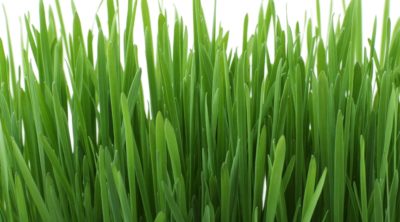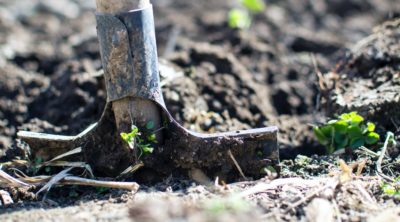Nut grass, also known as nutsedge, is a fairly common weed. They are quite aggressive and can be a challenge for gardeners and lawn owners to get rid of. One of the reasons that nut grass weeds are so tough to remove is that they’re perennial, meaning they will return every year to wreak havoc.
That is, unless you know how to identify and get rid of them. In this article we explain how to properly identify and eliminate the frustrating nut grass weeds.
How to Identify Nut Grass Weeds
The first step in getting rid of nut grass is making sure that you can properly identify it. If you have a clean-cut lawn then the nut grass can be pretty easy to identify. However, if you’re prone to letting your lawn do its own thing, it can be a bit harder to spot. Here’s what to look for:
- Both yellow and purple nutsedge have distinct, colored leaves.
- Nutsedge can grow quite tall and produces spiky, clustered flowers of yellow or purple
- Nutsedge has a triangular stem, which is different from common grasses which have round stems
Nutsedge tends to first take root in areas of your lawn that have bad drainage and remain moist. If you don’t catch them early they can quickly colonize your lawn with deep root systems.
How to Get Rid of Nut Grass Weeds
There are a few things that you might want to do to help prevent nut grass from taking over.
- Make sure that you have proper drainage throughout your lawn. One of the ways to do this is to be sure that you don’t irrigate too often. Instead, do deep irrigation but only once in a while.
- Infrequent irrigation also helps to strengthen the root system of your grass which helps to prevent nutsedge from taking root as easily.
- Mow your lawn on a higher setting. If you mow your lawn too low then you might not be able to identify nut grass so easily. On top of that, letting the grass grow an inch or two higher means that it becomes more likely to overcrowd the nut grass and stunt its growth.
- Use some form of weed killer to target the nut grass weeds. The choice of weed killer is up to you but it’s always in your best interest to use a natural weed killer to prevent damage to the ecosystem. Unfortunately, most weed killers are most effective for newly established weeds rather than ones that have already established a firm root. You can also make your own weed killer if you want to save money.
In Conclusion
Nutgrass is a fairly common weed that can grow deep root systems and take over a yard quite quickly. Mowing high and preventing moisture can help to get rid of nutgrass before it becomes too much of a problem.
If you’re going to use a weed killer, check out our guide on deciding whether to make or buy your own natural weed killer. Learning how to weed whack like a pro can also help you control weeds of all sorts.


